This Is What We Know About Black Holes In Advance Of The Event Horizon Telescope’s First Image
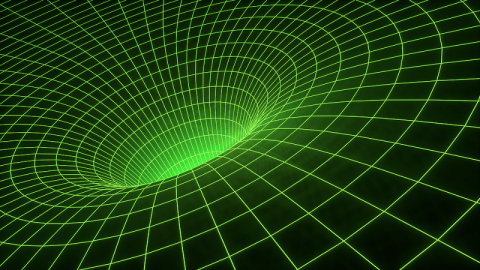
We’ve never seen an image of a black hole’s event horizon before. Here’s what we’re expecting, based on what we already know.
For hundreds of years, physicists have hypothesized that the Universe should contain black holes. If enough matter is gathered into a small enough volume of space, the gravitational pull will be so strong that nothing in the Universe — no particles, no antiparticles, not even light itself — can escape. They are predicted by both Newton’s and Einstein’s theories of gravity, and astrophysicists have observed many candidate objects that are consistent with black holes and no other explanations.
But we’ve never seen the event horizon before: the characteristic signature unique to black holes, of the dark region where nothing can escape. On April 10, 2019, the Event Horizon Telescope collaboration will release their first-ever image of such an event horizon. Here’s what we know right now, on the eve of this monumental discovery.
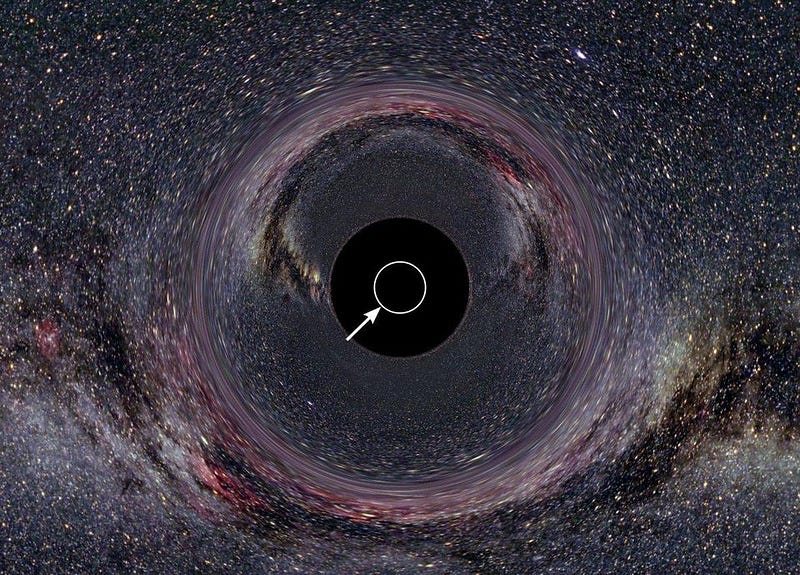
Black holes are an inevitable consequence, at least in theory, of having a speed limit in your Universe. Einstein’s theory of General Relativity, which relates the fabric of spacetime to the matter and energy present within the Universe, also contains a built-in relationship between how matter and energy move through spacetime. The greater your motion through space, the lesser your motion through time, and vice versa.
But there’s a constant relating that motion: the speed of light. In General Relativity, the physical size of the predicted event horizon — the size of the region from which nothing can escape — is set by the mass of the black hole and the speed of light. If the speed of light were faster-or-slower, the predicted size of the event horizon would shrink-or-grow, respectively. If light moved infinitely fast, there would be no event horizon at all.
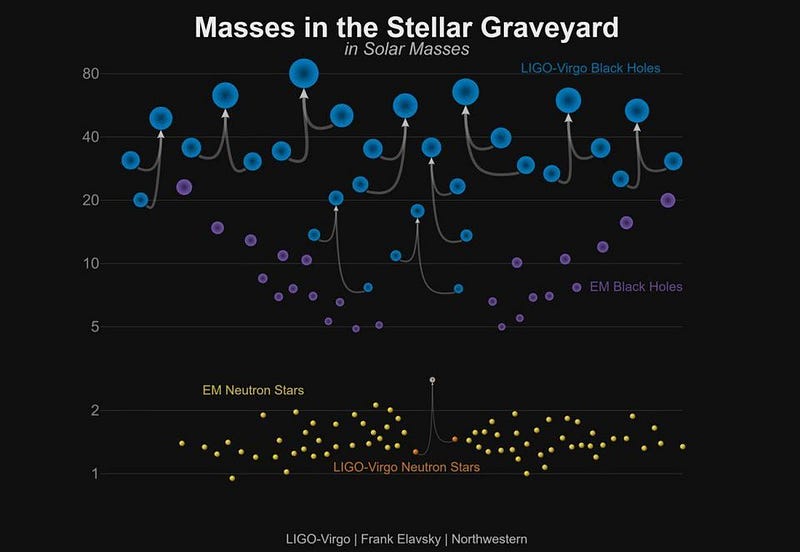
Astrophysically, black holes are surprisingly easy to create. Within our Milky Way galaxy alone, there are likely hundreds of millions of black holes. At present, we believe there are three mechanisms capable of forming them, although there may be more.
1. The death of a massive star, where the core of a star much heavier than our Sun, rich in heavy elements, collapses under its own gravity. When there’s insufficient outward pressure to counteract the inward gravitational force, the core implodes. The resulting supernova explosion leads to a central black hole.
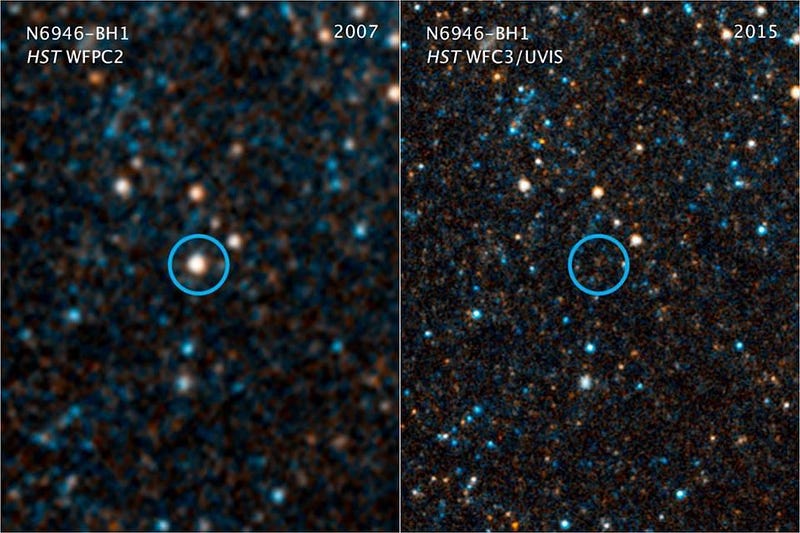
2. The direct collapse of a large amount of matter, which could either arise from a star or a cloud of gas. If enough matter is present in a single location in space, it can generate a black hole directly, without a supernova or similar cataclysm to trigger its creation.
3. The collision of two neutrons stars, which are the most dense, massive objects which do not become black holes. Add enough mass onto one, either through accretion or (more commonly) mergers, and a black hole can arise.
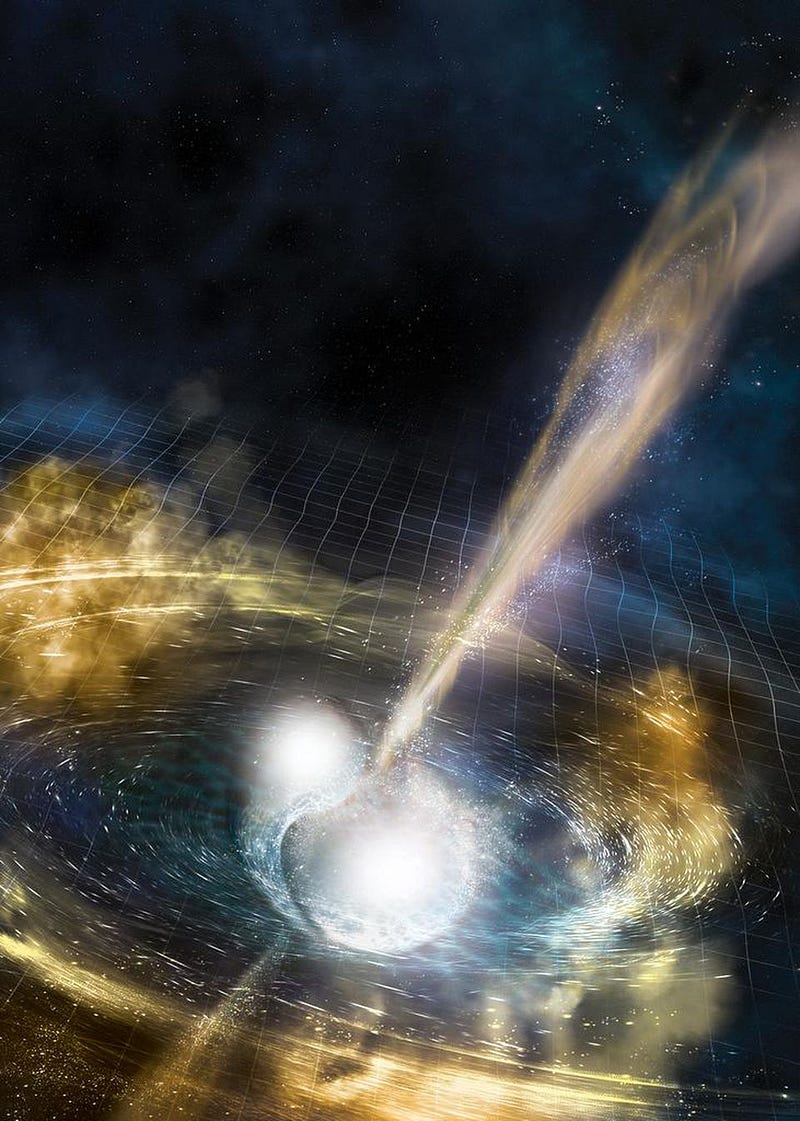
A little more than 0.1% of the stars that have ever been formed in the Universe will eventually become black holes in one of these fashions. Some of these black holes will be only a few times the mass of our Sun; others can be hundreds or even thousands of times as massive.
But the more massive ones will do what all extremely massive objects do when they move through the gravitational collection of masses typical to star clusters and galaxies: they will sink to the center, through the astronomical process of mass segregation. When multiple masses swarm around in a gravitational potential well, the lighter masses tend to pick up more momentum and potentially get ejected, while the larger ones lose angular momentum and collect in the center. There, they can accrete matter, merge, grow, and eventually become the supermassive behemoths we find today at the centers of galaxies.

Additionally, black holes don’t exist in isolation, but in the messy environment of space itself, which is filled with matter of various types. When matter gets close to a black hole, there will be tidal forces on it. The part of any object that happens to be closer to the black hole experiences a larger gravitational force than the part farther away from the black hole, while the portions that bulge on any of the sides will feel a pinch towards the center of the object.
All told, this results in a set of stretching forces in one direction and compressing forces along the perpendicular directions, causing the infalling object to “spaghettify.” The object will be torn apart into its constituent particles. Owing to a number of physical properties and dynamics at play, this will cause matter to accrue around the black hole in a disk-like shape: an accretion disk.
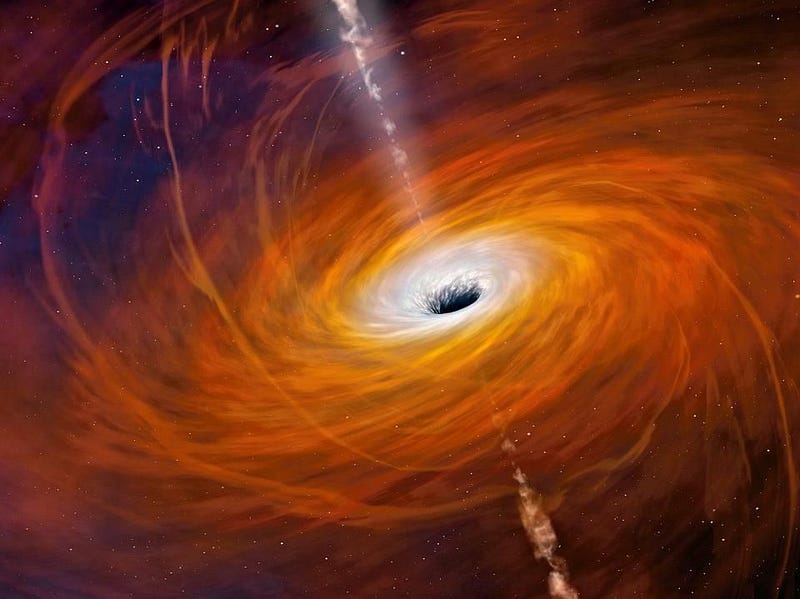
These particles making up the disk are charged, and move in orbit around the black hole. When charged particles move, they create magnetic fields, and magnetic fields in turn accelerate charged particles. This should result in a number of observable phenomena, including:
- emitted photons from throughout the electromagnetic spectrum, particularly in the radio,
- flares that show up at higher energies (such as in the X-ray) arising from when matter falls into the black hole,
- and jets of both matter and antimatter that get accelerated perpendicular to the accretion disk itself.
All of these phenemona have been seen for black holes of various masses and orientations, further giving credence to their existence.
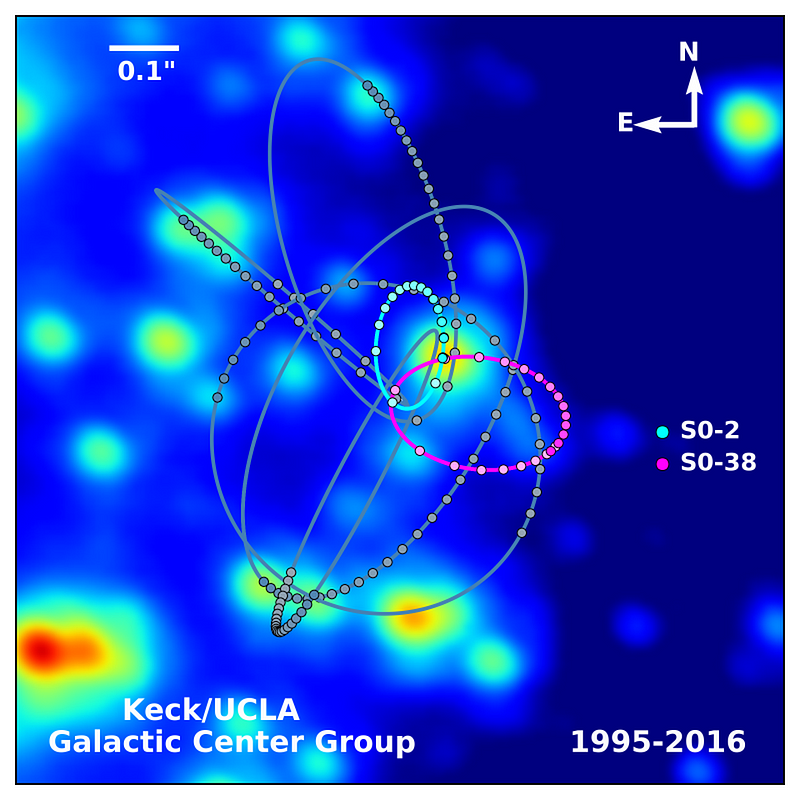
In addition, we’ve observed the motions of individual stars and stellar remnants around black hole candidates, which appear to orbit large masses that have no viable explanations other than being black holes. In the center of the Milky Way, for example, we have observed dozens of stars orbiting an object known as Sagittarius A*, which has an inferred mass of 4 million Suns and emits flares, radio waves, and shows signatures of positrons (a form of antimatter) being ejected perpendicular to the galactic plane.
Other black holes show many of the same signatures, such as the ultramassive black hole at the center of the galaxy M87, which is estimated to weigh in at 6.6 billion solar masses.
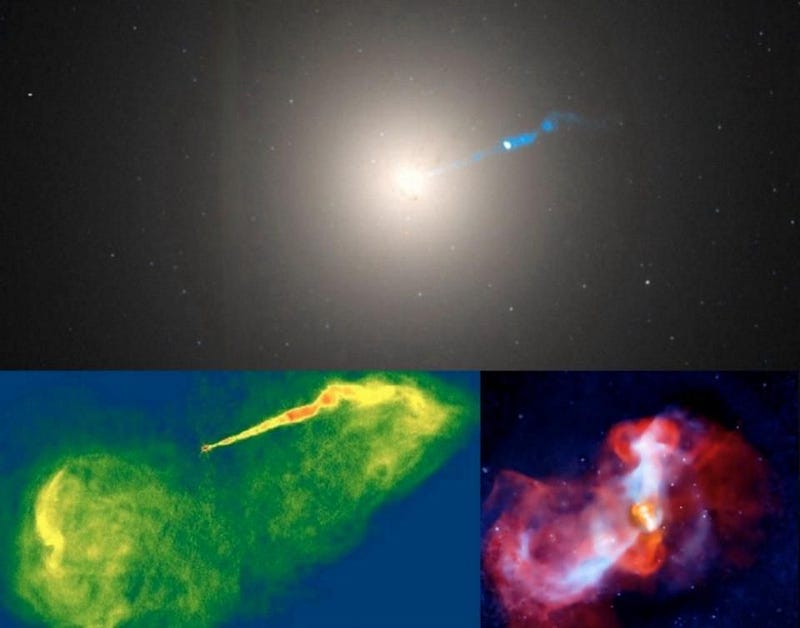
Finally, we’ve seen a slew of other observational signatures, such as the direct detection of gravitational waves from inspiraling and merging black holes, the creation of a black hole directly from both direct collapse events and neutron star mergers, and the turning on-and-off of quasars, blazars, and microquasars, which are thought to be caused by black holes of varying masses and orientations.
Going into the Event Horizon Telescope’s big reveal, we have every reason to believe that black holes exist, are consistent with General Relativity, and are surrounded by matter, which accelerates and emits radiation that we should be able to detect.
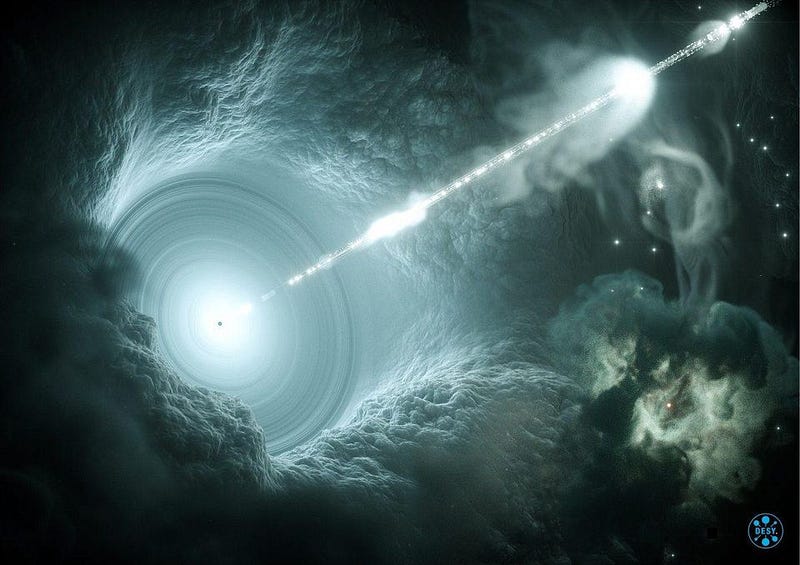
The big advance of the Event Horizon Telescope will be the ability to finally resolve the event horizon itself. From within that region, no matter should exist, and no radiation should be emitted. There should be subtle effects intrinsic to black holes themselves that are observable with this telescope, including the fact that the innermost stable circular orbit should be about three times the size of the event horizon itself, and radiation ought to be emitted from around the event horizon, owing to the presence of accelerated matter.
There are many questions that the first direct image of a black hole’s event horizon should be poised to answer, and you can check out what we can potentially learn here. But the biggest advance is this: it will test General Relativity’s predictions in an entirely new way. If our understanding of gravity needs to be revised close to black holes, this observation will show us the way.
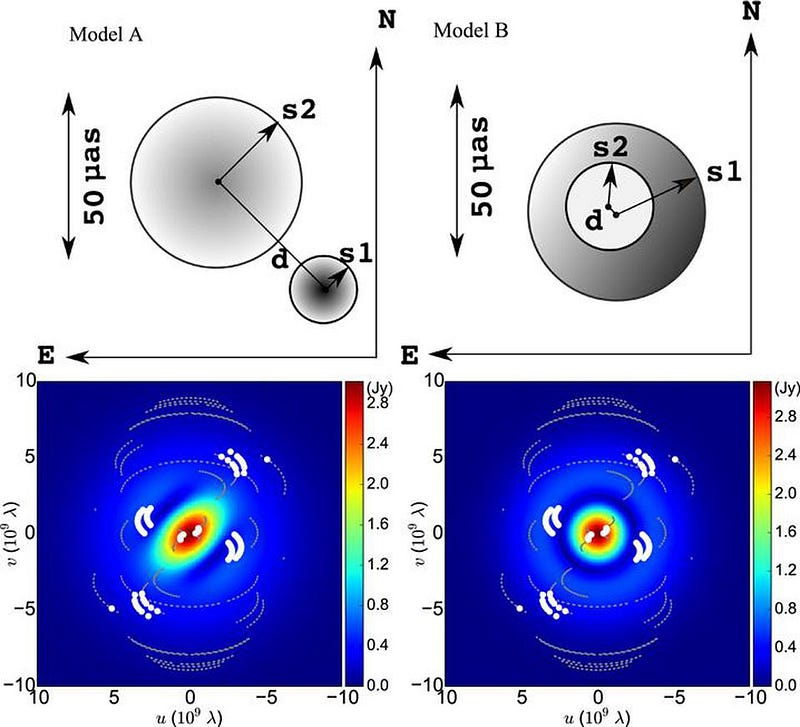
For hundreds of years, humanity has expected black holes to exist. Over the course of all of our lifetimes, we’ve collected an entire suite of evidence that points not only to their existence, but to a fantastic agreement between their expected theoretical properties and what we’ve observed. But perhaps the most important prediction of all — that of the event horizon’s existence and properties — has never been directly tested before.
With simultaneous observations in hand from hundreds of telescopes across the globe, scientists have finished reconstructing an image, based on real data, of the largest black hole as seen from Earth: the 4 million solar mass monster at the center of the Milky Way. What we’ll see on April 10 will either further confirm General Relativity or cause us to rethink all that we believe about gravity. Eager with anticipation, the world now awaits.
Ethan Siegel is the author of Beyond the Galaxy and Treknology. You can pre-order his third book, currently in development: the Encyclopaedia Cosmologica.





